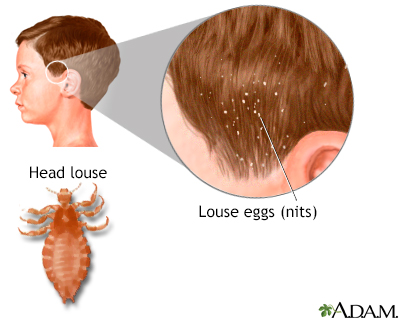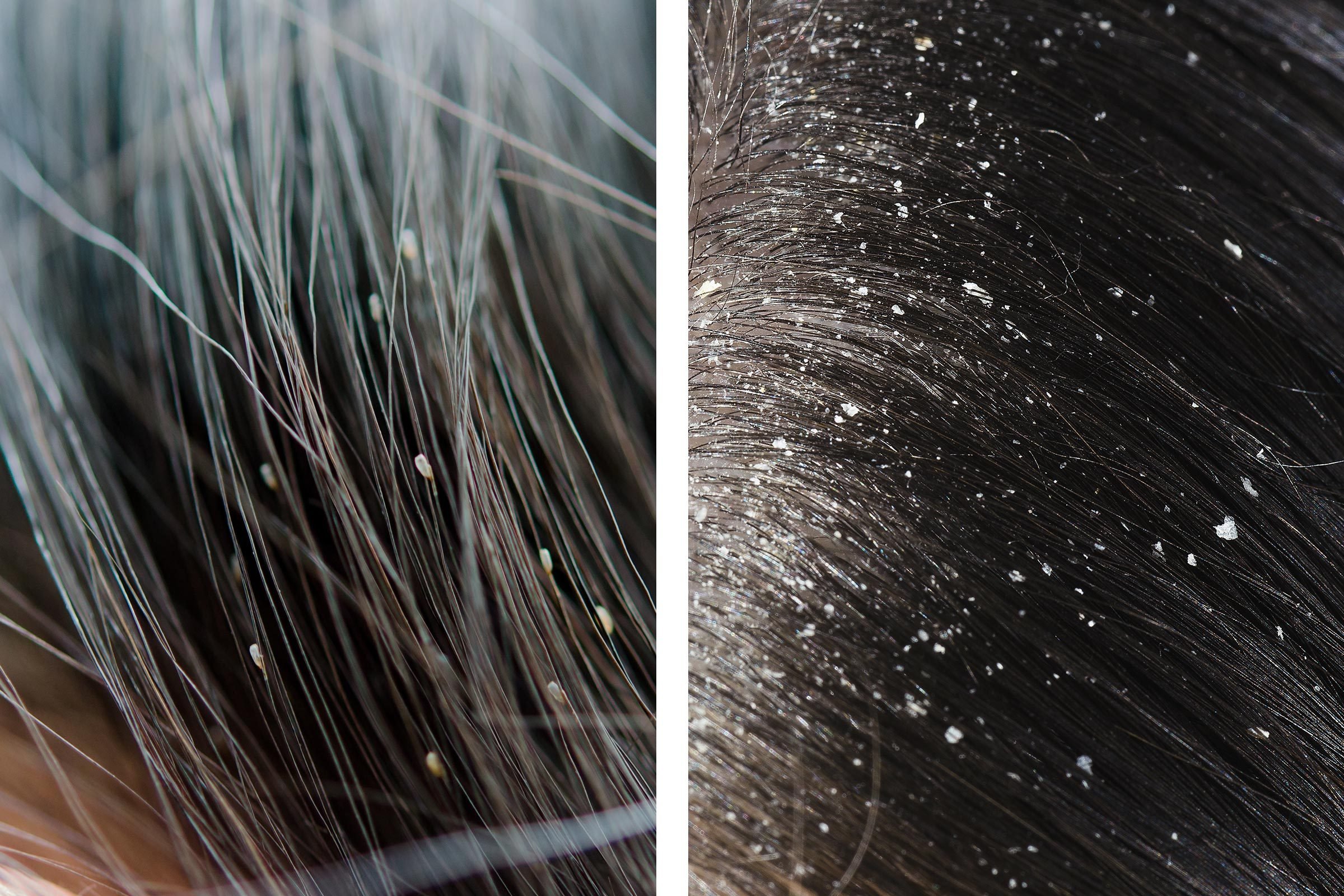Simple Tips About How To Find Out If You Have Lice

Lice feed on the blood they suck from our heads, so it is normal to feel itching every time they do it.
How to find out if you have lice. Although symptoms can vary from one person to the next, those with head lice will typically experience the following: The most prevalent symptom is the itching of the pubic area apart from recognizing the presence of the louse. Checking for lice step 2:
Nits are lice eggs, so the presence of them in your hair suggests that a louse has been there at some point, and it may still be. Checking for lice step 1: This itchiness, which can go from slight to severe as the lice infestation grows,.
Start with good lighting, whether that’s bright sunlight or a lamp with an adjustable arm. A crawling sensation on the scalp an unusually itchy scalp. This will help you begin to establish a timeline.
To determine whether or not you have lice, your doctor is likely to look you over using a magnifying lens. If there are multiple adult. They can be hard to find.
Your doctor is also likely to employ a wood’s light in his or her. Nits cannot hatch and usually die within a week if they are not kept at the same temperature as that. (cdc photo) misdiagnosis of head lice infestation is common.
6 steps to check for head lice: Head lice usually stay close to the scalp and behind the ears. You may get prickly or itchiness from the bites of the crabs.
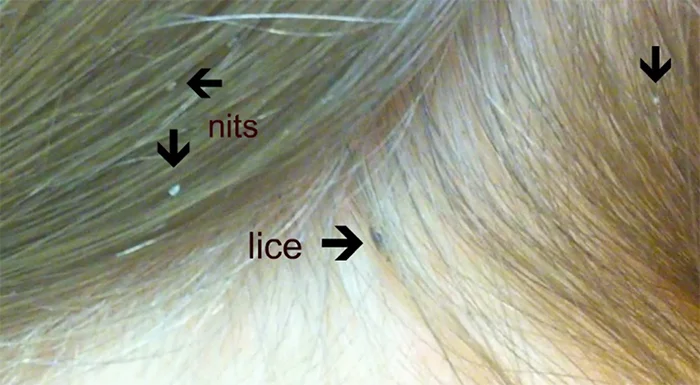
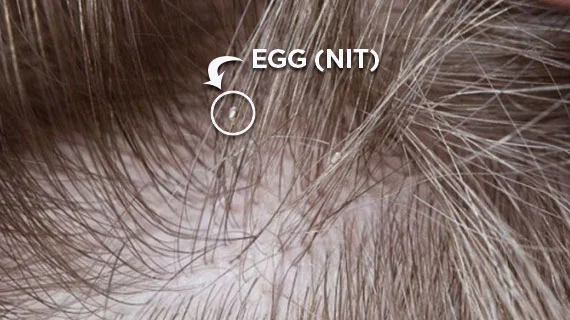
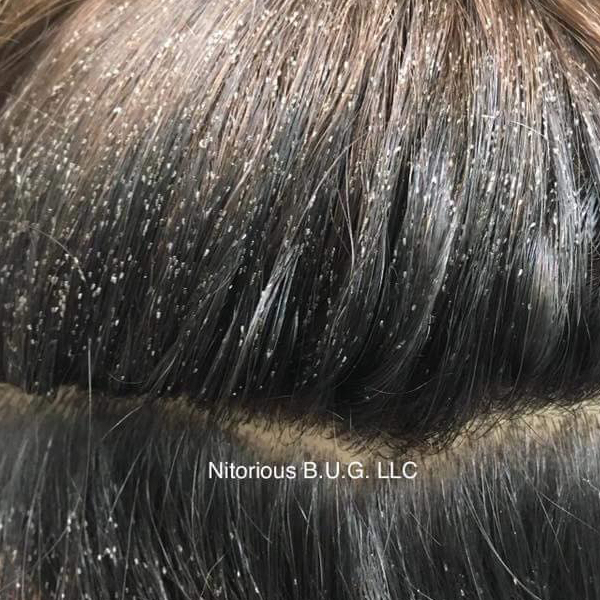
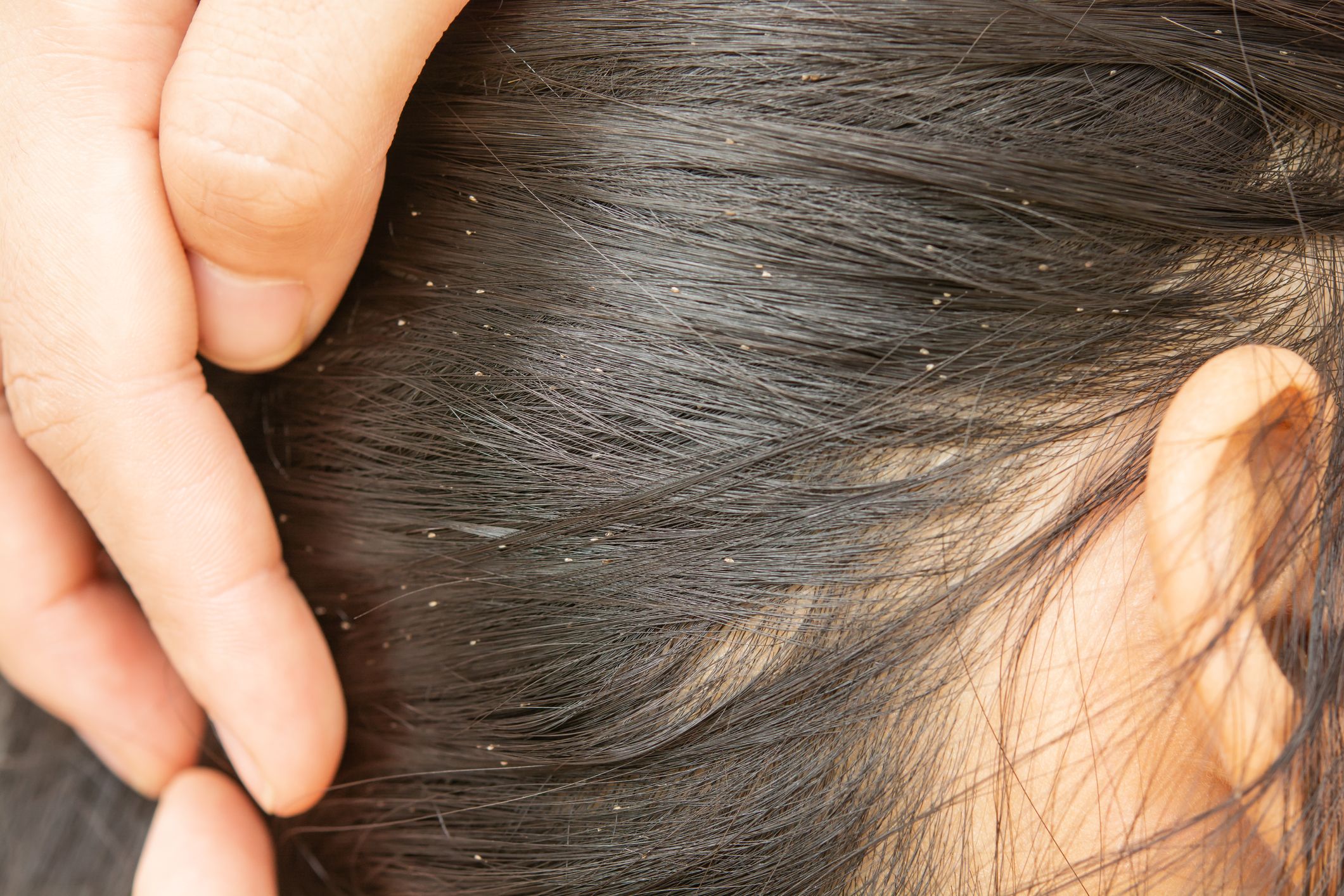


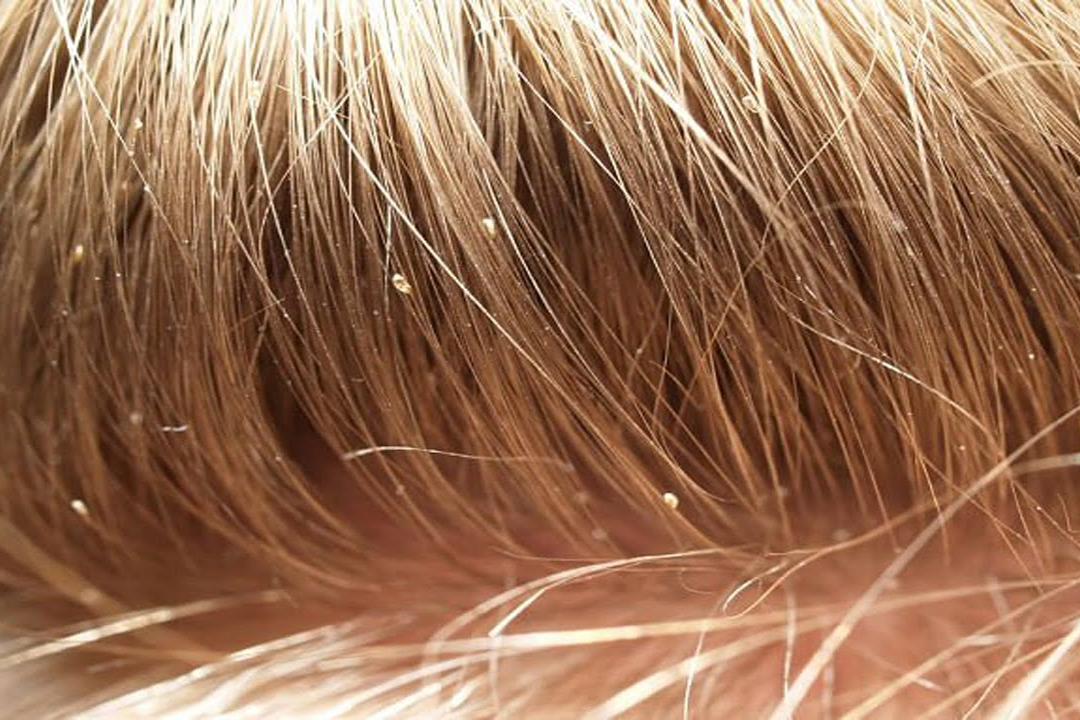


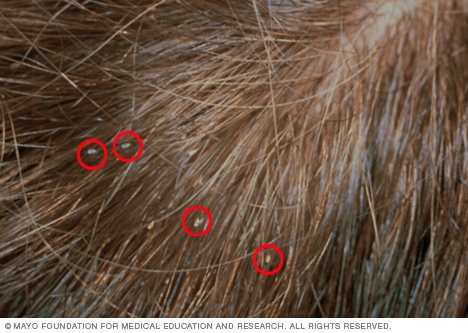
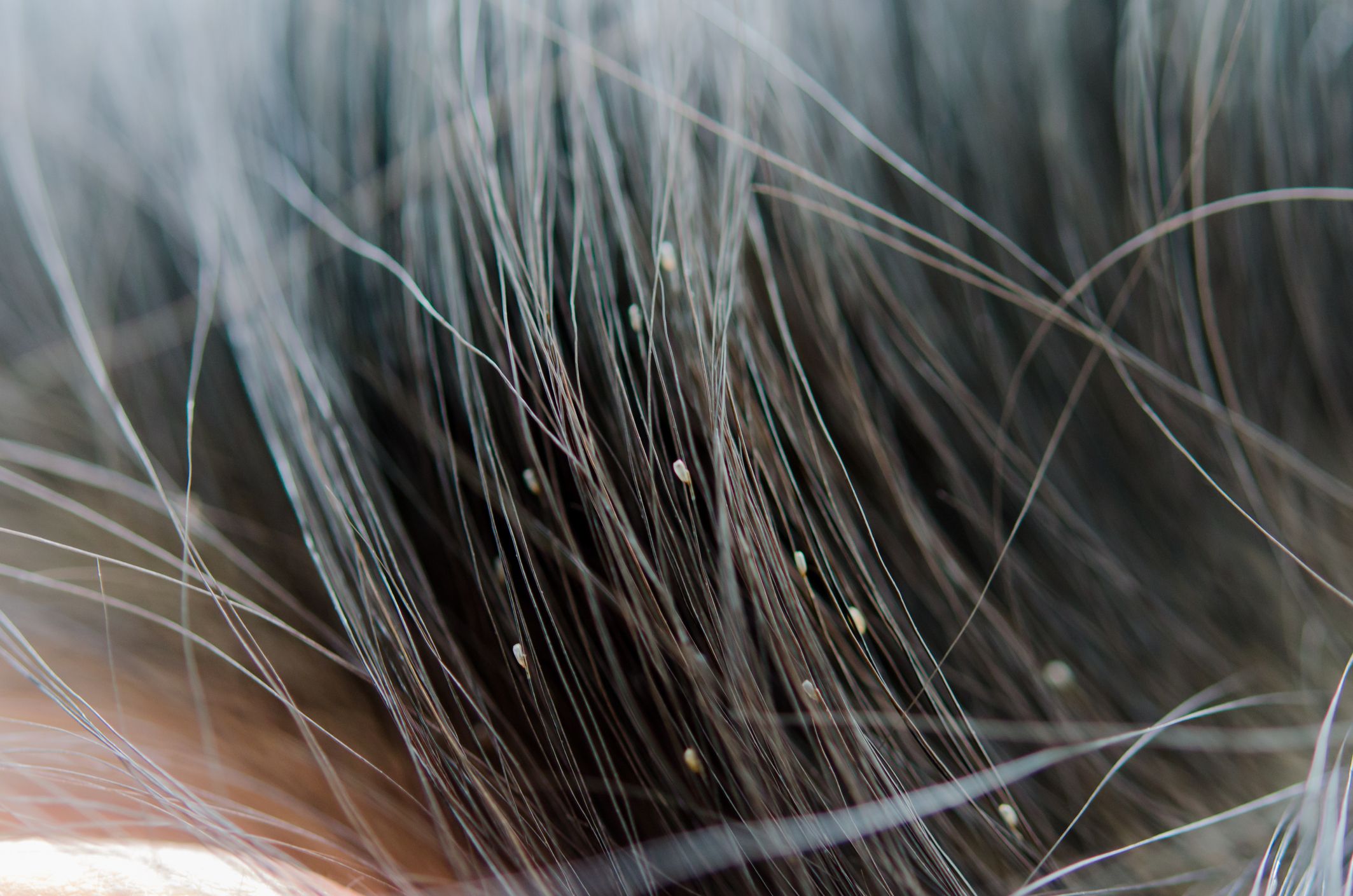

/GettyImages-1132662933-e7e7465e17a241ec88a70894f0b42fe8.jpg)


